In a significant shift of military priorities, U.S. President Donald Trump’s administration has diverted 20,000 anti-drone missiles originally allocated for Ukraine to American forces in the Middle East, Ukrainian President Volodymyr Zelensky revealed in an ABC News interview on June 8, 2025. This reallocation, which includes specialized fuzes for the Advanced Precision Kill Weapon System, leaves Ukraine grappling with escalating Russian drone assaults, including a record 472-drone attack on June 1.
Ukraine’s Drone Defense Crisis
Ukraine has faced relentless Russian drone campaigns, primarily using Iranian-designed Shahed-type drones. Zelensky emphasized the critical role of the diverted missiles, stating, “We have big problems with Shaheds… we counted on this project — 20,000 missiles. Anti-Shahed missiles. It was not expensive, but it’s a special technology.”
These missiles, designed to counter low-cost, high-volume drone swarms, were part of a plan agreed upon with former U.S. Defense Secretary Lloyd Austin under President Joe Biden’s administration. The Wall Street Journal reported on June 4 that the Pentagon justified the redirection as an “urgent issue” for U.S. forces, as confirmed by current Defense Secretary Pete Hegseth in a classified message to Congress.
The redirection exacerbates Ukraine’s air defense challenges. A Ukrainian military intelligence source told the Kyiv Independent on June 4 that Russia is preparing to launch over 500 long-range drones per night, supported by expanded production and new launch sites. With Russian attacks intensifying, Ukraine urgently needs advanced systems like U.S.-made Patriot air defenses to protect its skies.
Technical and Operational Impacts
The Advanced Precision Kill Weapon System uses laser-guided rockets equipped with specialized fuzes to intercept drones with precision, offering a cost-effective counter to swarms. Each missile’s fuze enables accurate targeting of small, agile drones at ranges up to 3.1 miles (5 kilometers). Losing access to 20,000 of these munitions limits Ukraine’s ability to neutralize Shahed drones, which have a range of 1,553 miles (2,500 kilometers) and carry explosive payloads. This gap forces Ukraine to rely on costlier alternatives or less effective systems, straining its defense budget.
Operationally, the shortfall hinders Ukraine’s ability to protect critical infrastructure and civilian areas. Russian drone swarms have targeted energy grids and urban centers, with the June 1 barrage covering 10 regions. Ukraine’s call for expanded domestic arms production and Western investments reflects the need for sustainable drone countermeasures.
Shifting U.S. Policy and Industry Trends
The missile redirection aligns with broader U.S. policy shifts under Trump’s second term. The administration halted new military aid to Ukraine in January 2025 and temporarily suspended shipments, resuming only after Ukraine agreed to a ceasefire framework in Jeddah on March 11. Trump’s June 4 call with Russian President Vladimir Putin and refusal to impose new sanctions signal a focus on diplomacy over military support. Hegseth’s absence from the June 4 Ukraine Defense Contact Group meeting, a first since Russia’s 2022 invasion, underscores this pivot.
For the Drone Industry, this development highlights the growing demand for anti-drone technologies. Companies developing counter-drone systems, such as laser-based interceptors or electronic jamming devices, may see increased interest as nations like Ukraine seek alternatives. However, the redirection could strain U.S.-Ukraine defense ties, potentially pushing Kyiv to diversify its supplier base, including European or domestic manufacturers.
Looking Ahead
Zelensky’s pledge to “find all the tools to destroy” Russian drones reflects Ukraine’s resolve, but the loss of 20,000 missiles—valued for their affordability and effectiveness—poses immediate challenges. As Russia scales up drone production, Ukraine’s need for robust air defenses grows urgent. The U.S. decision, while addressing Middle East priorities, may reshape global drone defense strategies, prompting innovation and new partnerships in the industry.
Discover more from DroneXL.co
Subscribe to get the latest posts sent to your email.









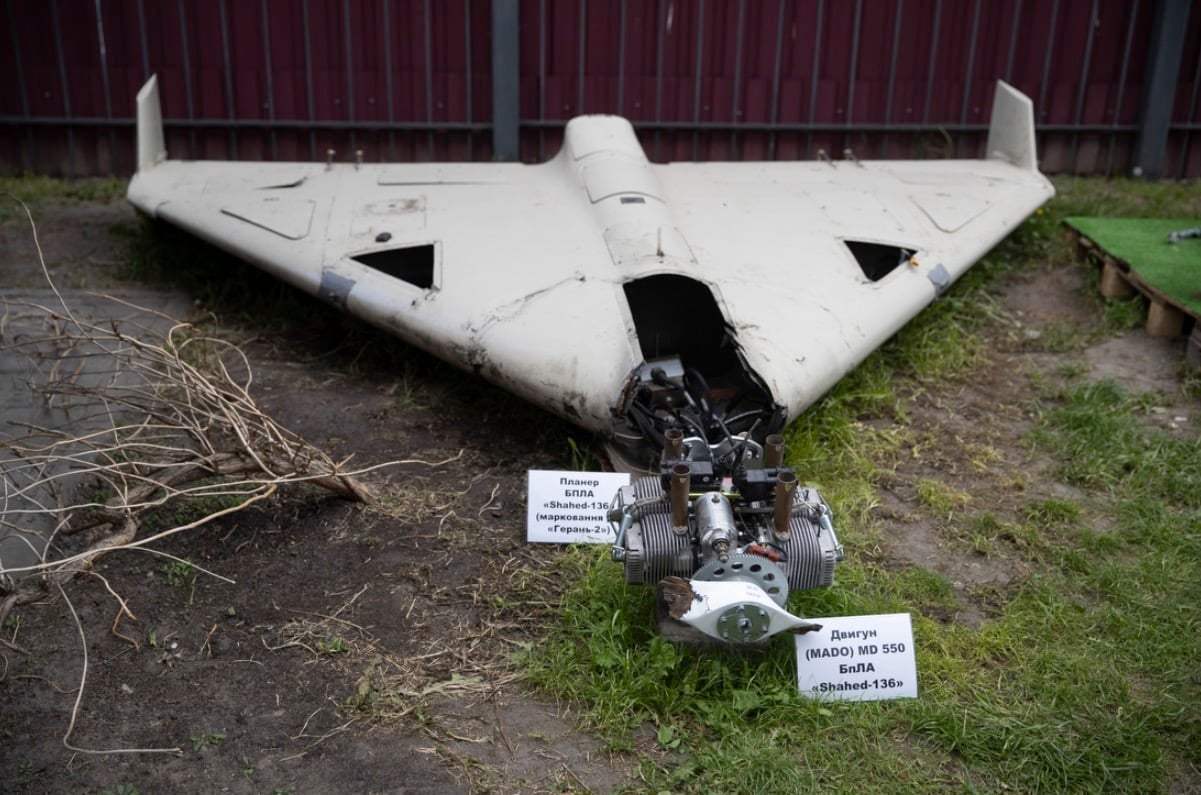


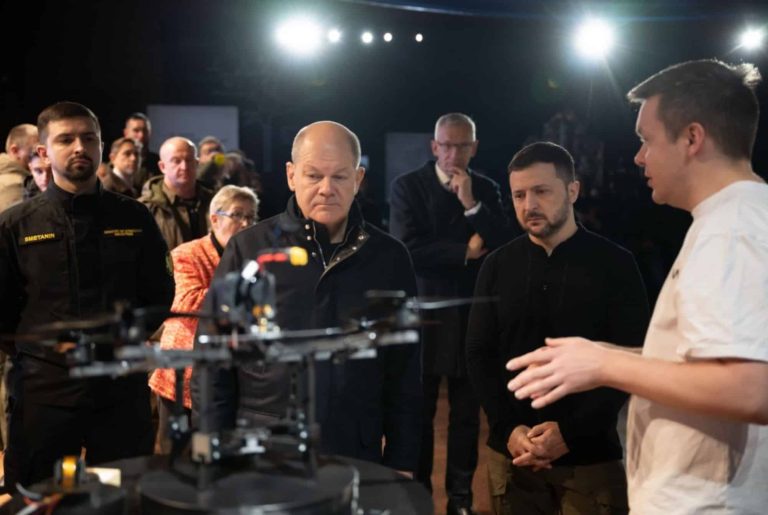


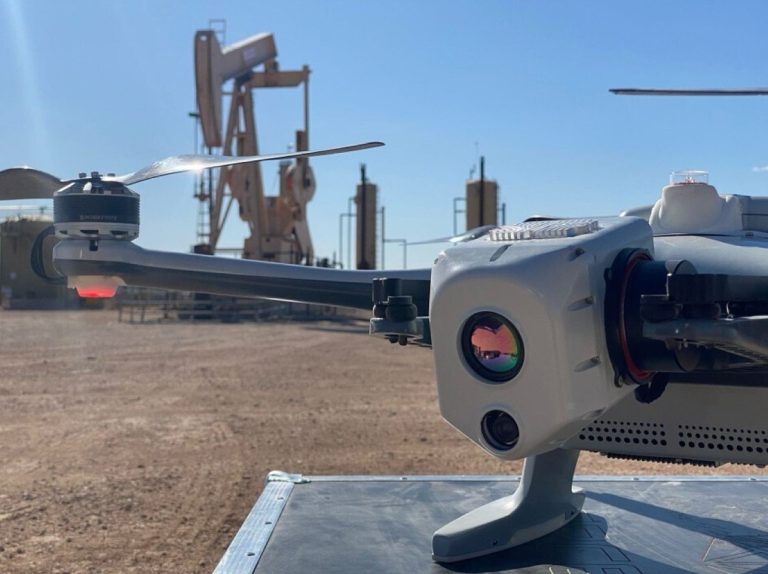

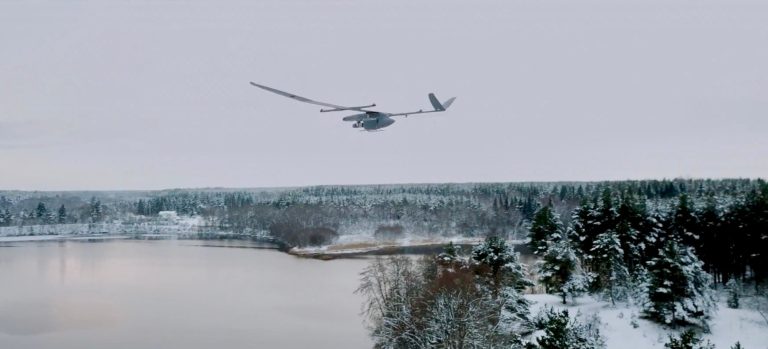
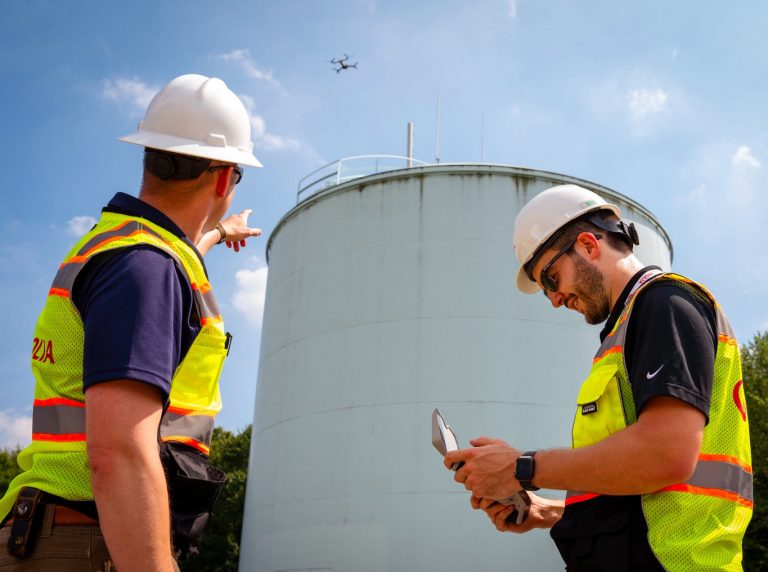

+ There are no comments
Add yours